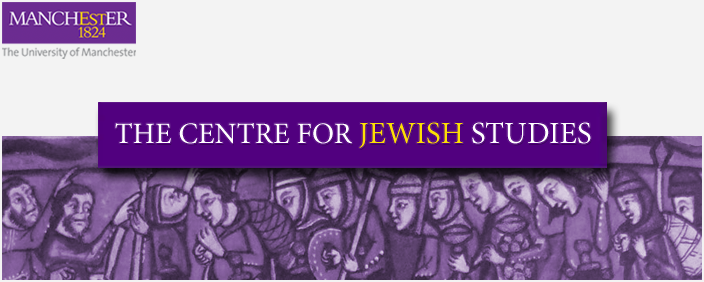Anti-Semitism and Articulations of National Identity in Hungarian Film, 1931-44
Leverhulme Early Career Fellowship 2012-15
Dr. Gábor Gergely

This three-year Leverhulme-funded project investigates articulations of Hungarian national identity in early Hungarian sound film from the introduction of sound in 1931 to the end of wartime film production in 1944.
Beginning in 1920, Hungary gradually stripped its Jewish citizens of their rights. The first legislation limited the number of Jews in higher education, and spearheaded the increasingly radical zsidótörvények or Jewish laws to be enacted by successive conservative Governments from 1938 onwards. In the two decades that followed the first piece of anti-Jewish legislation and the punitive Trianon Treaty, which settled the terms of peace for the Austria-Hungary at the end of World War I, the concept of Hungarian nationhood and the often-posed question ‘mi a magyar?’ (what is it to be Hungarian) underwent a dramatic transformation. The country inexorably moved to the extreme right, in the process tying its fortune more and more closely to that of Nazi Germany, and preparing the ground for the Holocaust in Hungary.
Although the Hungarian film industry was purged of virtually all Jewish personnel in the late 1930s, perhaps surprisingly, it continued to work from source material by Jewish writers such as Sándor Hunyady. A small number of Jewish scriptwriters, such as the prolific Károly Nóti and István Békeffy continued to work long after the industry had been officially wholly aryanized. A chief aim of the study is to explore the articulation of a sense of Hungarianness by the fledgling profit-oriented competitive film industry between the introduction of sound and the first Jewish law of 1938, and later by the putatively ethnically pure film industry from the outbreak of war to the end of wartime film production in 1944.
This cross-disciplinary study traces the transformation of Hungarian national identity through film, and assesses the impact of anti-Semitic legislation on film narrative, style and genre. Where existing works in the field have tended to focus on history (Őrségváltás, Sándor, 1993), or avoided talking about the post-dejewification industry altogether (Csak egy nap a világ, Balogh and Király, 2000), this project hopes to bring a fresh perspective to accounts of Hungarian film in the period by analyzing the films in their context. The trade paper Magyar Film, published weekly by the Hungarian Chamber of Film and Dramatic Arts, charged with the dejewification and subsequent administration of the industry, offers a valuable insight into the regulatory and financial context of production. The database of Hungarian newsreels helps sketch the official representation of Hungary and its place in a turbulent geopolitical landscape. Accounts of social policies of the ultraconservative Horthy-regime (such as Ungváry, 2012), works on Hungarian nationalism (Gyurgyák, 2007) and scholarly work on the significance of the eugenics movement in the region (Turda and Weindling, 2007) are used alongside contemporary accounts of the progress of racial legislation to offer a comprehensive analysis of a broad corpus of films.
The analysis aims to throw light on Hungary’s complicated, and often contradictory concept of its own national identity. It will further shed light on how it could come to pass that Hungary’s Jewish community seemed to accept its own oppression as the price paid for the common good, and tolerated its appointment as scapegoat for the national trauma of the loss of territories imposed by the Trianon Treaty of 1920. The project situates the emergence of the népi or rural film (the Hungarian version of the Heimat film) within the broader context of a nationalist discourse of peace and unity at a time of exclusion and ultimately genocide. The study represents an important contribution to the process of excavating the story of Hungary’s involvement in World War II and the two decades that preceded the outbreak of war. By focusing on film, the most ubiquitous cultural product and foremost medium of propaganda of the period, the study seeks to provide insight into what Hungarian national(ist) cinema sought to convey about Hungary, Hungarians and those who did not fit into the geopolitical formation or the ethnic/cultural/political label.




